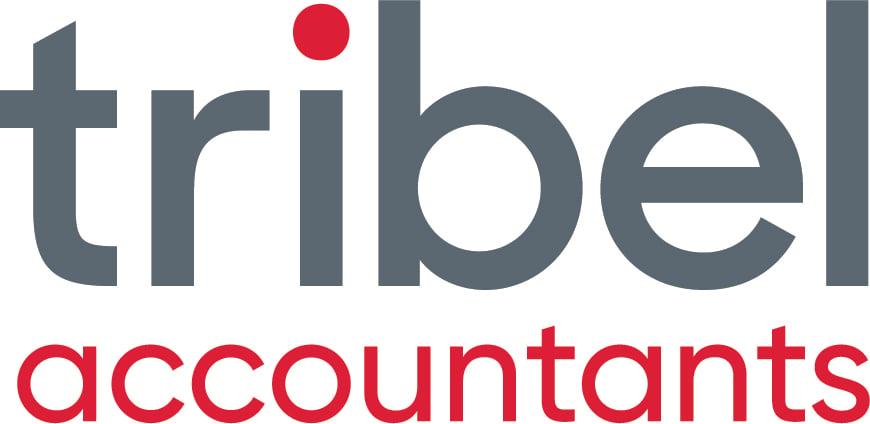INTRODUCTION:
Today I would like to talk about a very simple concept which is known as the Cash Gap. Any business that understands it and checks it with their small business accountants will soon see why it is they could be running out of money. Basically the Cash Gap is a measure of the business's debtor days + inventory days - supplier days.
Why is it important? Well if you analyse the last set of financial statements you have and this figure is positive, then the business will require more cash injected into it even if it is making a profit. This figure should be focused on until it gets smaller each month and ideally will end up in negative territory. It's not only the first thing that small business advisors will check when reviewing the key performance indicators of a business but also business valuers who are more likely to offer higher a small business valuation for an entity that generates positive cash than negative.
Let's look at three different scenarios for a business that turns over $2,064,000, has cost of sales of $1,056,000 and overheads of $840,000 so that they all make the same profit of $168,000. We can assume that the overheads such as wages and other costs are real-time expenses (no credit and paid as incurred).
Each of these figures quoted below have been proven with our three way budgets model which is a critical tool in measuring cash performance. This creates a cash flow forecast as well as a profit and loss budget and balance sheet budget which all balance or 'talk to' each other.

Figure 1: Lucky Chad Morgan could sing because his trademark gap if it were a business would have seen him run out of money very quickly!
1. Scenario #1
In scenario #1, the cash gap is as follows:
+ Debtor Days = 41
+ Inventory Days = 119
- Supplier Days = 37
Cash Gap is therefore is 123 days.
It will show after 12 months:
Debtors owed $258,573;
Inventory $349,067;
Creditors of $119,387
Cash Overdraft ($316,053)
2. Scenario #2
In scenario #2, the cash gap is as follows:
+ Debtor Days = 32
+ Inventory Days = 70
- Supplier Days = 40
Cash Gap is therefore is 62 days.
It will show after 12 months:
Debtors owed $201,813;
Inventory $205,333;
Creditors of $129,067
Cash Overdraft ($105,880).

Figure 2: Money in the bank keeps everyone happy! Photo courtesy Balmain Baz & Lara Scolari Gallery Balmain
3. Scenario #3
In scenario #3, the cash gap is as follows:
+ Debtor Days = 14
+ Inventory Days = 20
- Supplier Days = 35
Cash Gap is therefore is minus 1 days.
It will show after 12 months:
Debtors owed $201,813;
Inventory $88,293;
Creditors of $112,933
Cash in the Bank $138,173.
4. Differences in Cash Flow Position
Can you see that as soon as the cash gap in Scenario #3 was minus, it generated $138,173 in cash whereas a positive cash gap number in Scenario #1 showed an overdraft of ($316,053) meaning a difference of $454,226 cash!

Figure 3: The changing faces of cash flow will depend on your cash gap calculation. Photo courtesy Helen Green Artist
5. Action Plan From Here
Do an analysis with your small business accountants Sydney and Dubbo and then work on each of these areas to get the positive gap down until over time you get it to a negative situation. Run three way budgets and analyse the cash flow forecasts based on different scenarios.
Have a plan to drive down debtor and inventory days and increase supplier days and focus each month by examining progress of your cash gap target.
CONCLUSION:
Hopefully by now you will see why I continue to bang on about fixing liquidity which is a small business owner's number one concern today.
Yes you need to be profitable but you also need to generate dollars into the bank and not the other way around!


.png?width=100&height=100&name=COVID_Safe_Badge_Digital%20(002).png)




